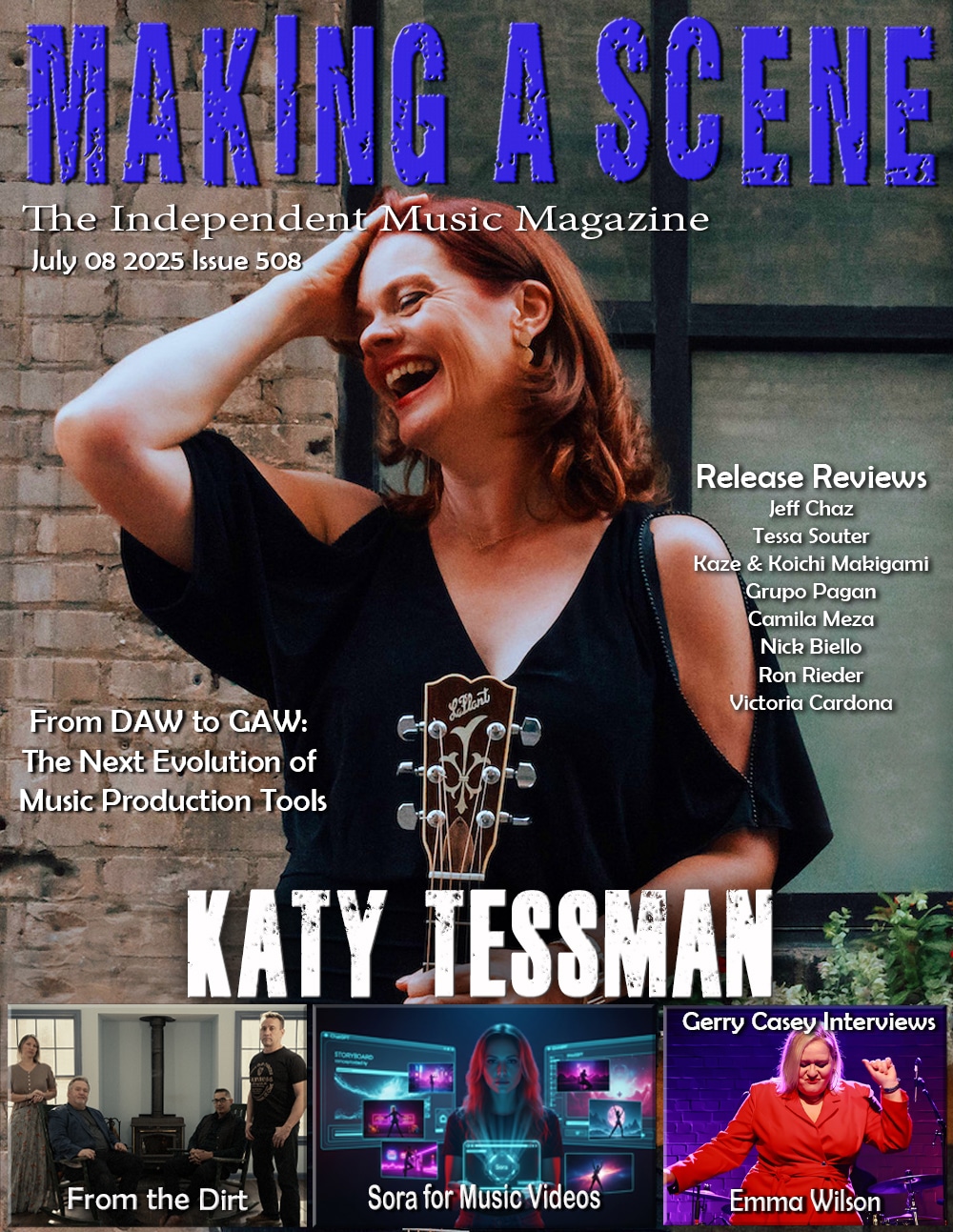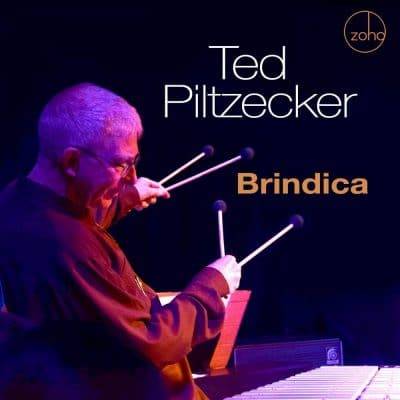Ted Piltzecker Brindica
Ted Piltzecker
Brindica
Zoho
Former trumpeter, now vibraphonist and bandleader Ted PIltzecker is making his debut for the Zoho label and delivering his fifth album. While his previous output featured standards, tangos, and African- flavored tunes his eclecticism has gone even further here on Brindica. Some may quickly notice how that term is an acronym of sorts for the emerging countries of Brazil, India, and Africa. While Piltzecker has healthy representations of all three, he also stops in Bali, Cuba, Puerto Rica, New Orleans and Harlem.
Piltzecker attended the Eastman School of Music and played trumpet in its Jazz Ensemble conducted by Chuck Mangione. Somehow though he had a vibraphone in his dorm room and grew so attracted to it that he began composing songs for it. After touring with the George shearing Quintet, Piltzecker left the trumpet behind for good and has performed with numerous jazz greats on the vibraphone since.
This album was recorded in Argentina with a core group comprised of drummer and co-producer Fernand Martinez, pianist Miguel Marengo, bassist Mauricio Dawid and alto saxophonist Carlos Michelini. Guests include trumpeter Jon Faddis, baritone saxophonist Gary Smulyan, tenor saxophonist Ralph Lalama, trombonist Matt Hall and steel pan/snare drummer John Wooten. Classical clarinetist Ayako Oshima and classical flutist Tar Helen O’Conner appear on two selections. Percussionists flavor specific tracks and vocalist Taylor Burgess interprets Langston Hughes poem “What Happens to a Dream Deferred?”
The opener “Great Idea! Who Pays?’ has an Afro-Cuban rhythm with the vibes blend with the steel pan as the alto sax carries the bold stated melody. “Uncle Peck” has a robust horn section featuring Faddis, Smulyan, Lalama and Hall as the band creates that Crescent City second-line feel complete with a Faddis’ plunger solo and some barrelhouse piano from Marengo. The song evokes memories from the New-Jersey based Piltzecker, who used to visit New Orleans often growing up as it was his mother’s home town.
“Feliz Paseo” a Latin flavored tune proves to be a strong vehicle for Michelini’s alto. The title tack takes on a variety of moods and colors, highlighting clarinetist Oshima and flutiest O’Conner. Meanwhile Piltzecker blends rhythmic elements of Brazilian and African music while also introducing Xhosa click singing popularized in the 1960s by South African singer Miriam Makeba. He also injects some South Indian Carnatic singing (or konokoi) toward the end. “Look At Like This” was inspired by a hiking trip through the Himalayas with his guide singing cheerful folk songs despite the devastation from a recent earthquake. Again Oshima and O’Conner contribute but Piltzecker is the primary soloist.
The trip to Bali is captured in “Ogoh, Ogoh” where O’Conner is featured on alto flute. Interestingly it is based on Bali tradition where every year on the eve of Nyepi (Day of Silence) huge demon-like creatures are hoisted on platforms and carried through town in a parade. Then they are burned to ensure peaceful existence for the coming year. The melody follows the buildup to excitement and then the calm with especially strong interplay between Piltzecker and Marengo with the vibes creating a mysterious mood. “Por Supesto” hearkens back to Piltzecker’s days of playing trumpet in salsa bands around Rochester and Buffalo.
Piltzecker recruited vocalist Taylor Burgess to interpret Langston Hughes’ lyrics for “What Happens to a Dream Deferred?” a piece he’d had success with performing in South America, with Spanish translation to the lyrics. This version is reflective and offers plenty of space for a vibraphone solo.
The longest track at almost nine minutes is “From the Center” which is divided into three sections – cut time, a 5/4 middle, and a pulsating 6/8 third. The piece draws on different tonalities, unflagging spirit and rhythms from Ghana. A brief reprise on the New Orleans styled “Uncle Peck” concludes.
Somehow Piltzecker has found a way to meld his far reaching influence form bop to bluegrass to Brazilian, African, and Argentinian music into a cohesive whole. The beauty is in the unpredictability.
- Jim Hynes
[amazon_link asins=’B07KFPGYWK,B00005NNG0,B00000K2VS,B00005RGLP,B07KFR3ZV2,B001CJJ0QI,B01KB0X86G,B003IOJS44,B01KAVZUZS’ template=’ProductCarousel’ store=’maasc-20′ marketplace=’US’ link_id=’c321b66b-f1f8-11e8-9a1a-2dcbbf9bceab’]
Discover more from Making A Scene!
Subscribe to get the latest posts sent to your email.










